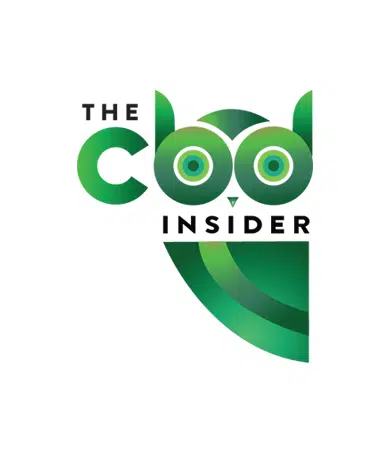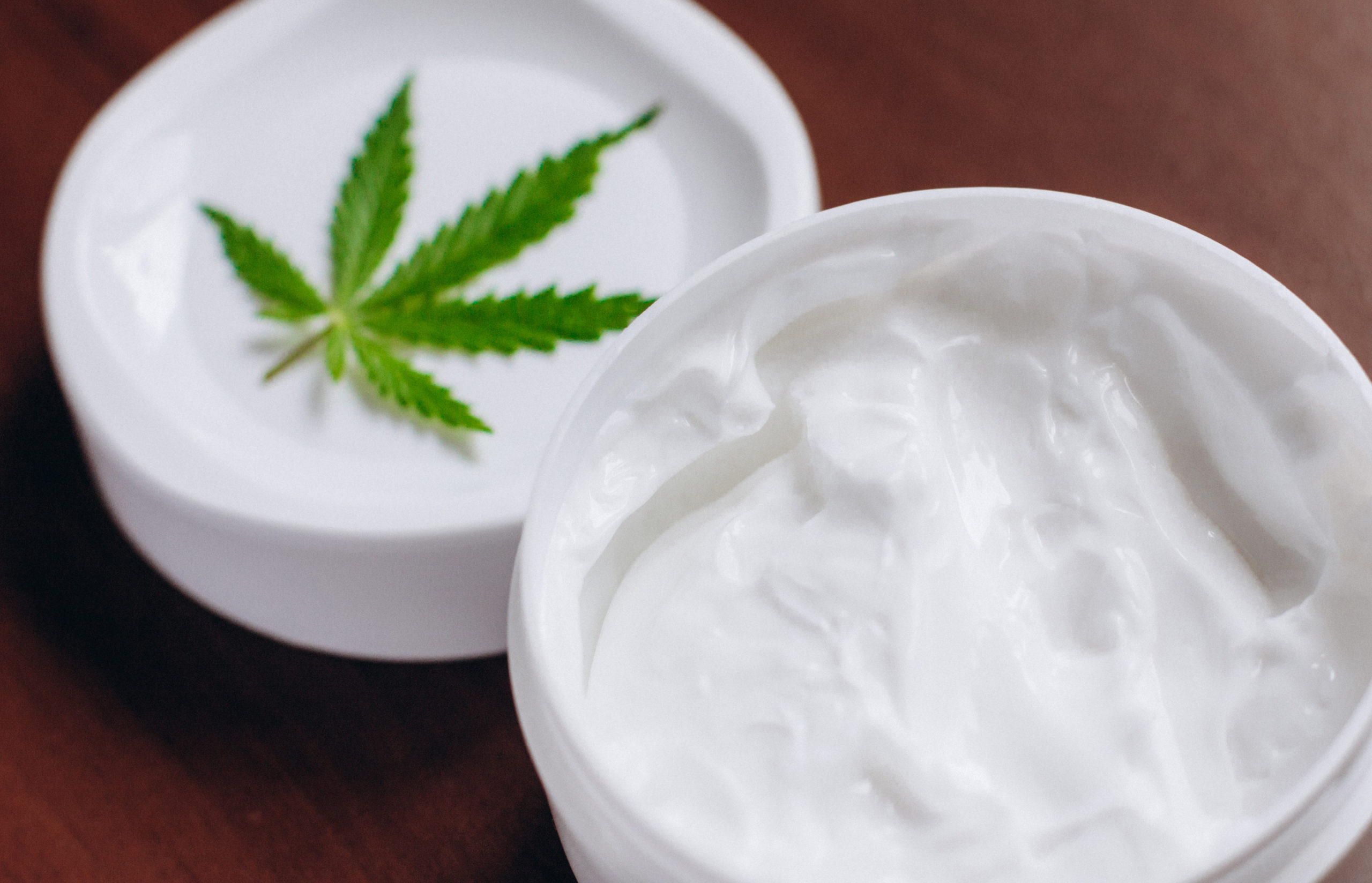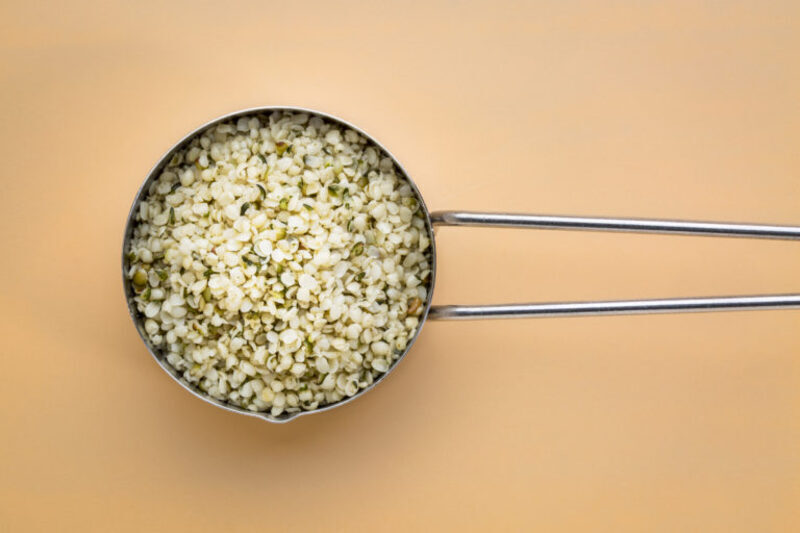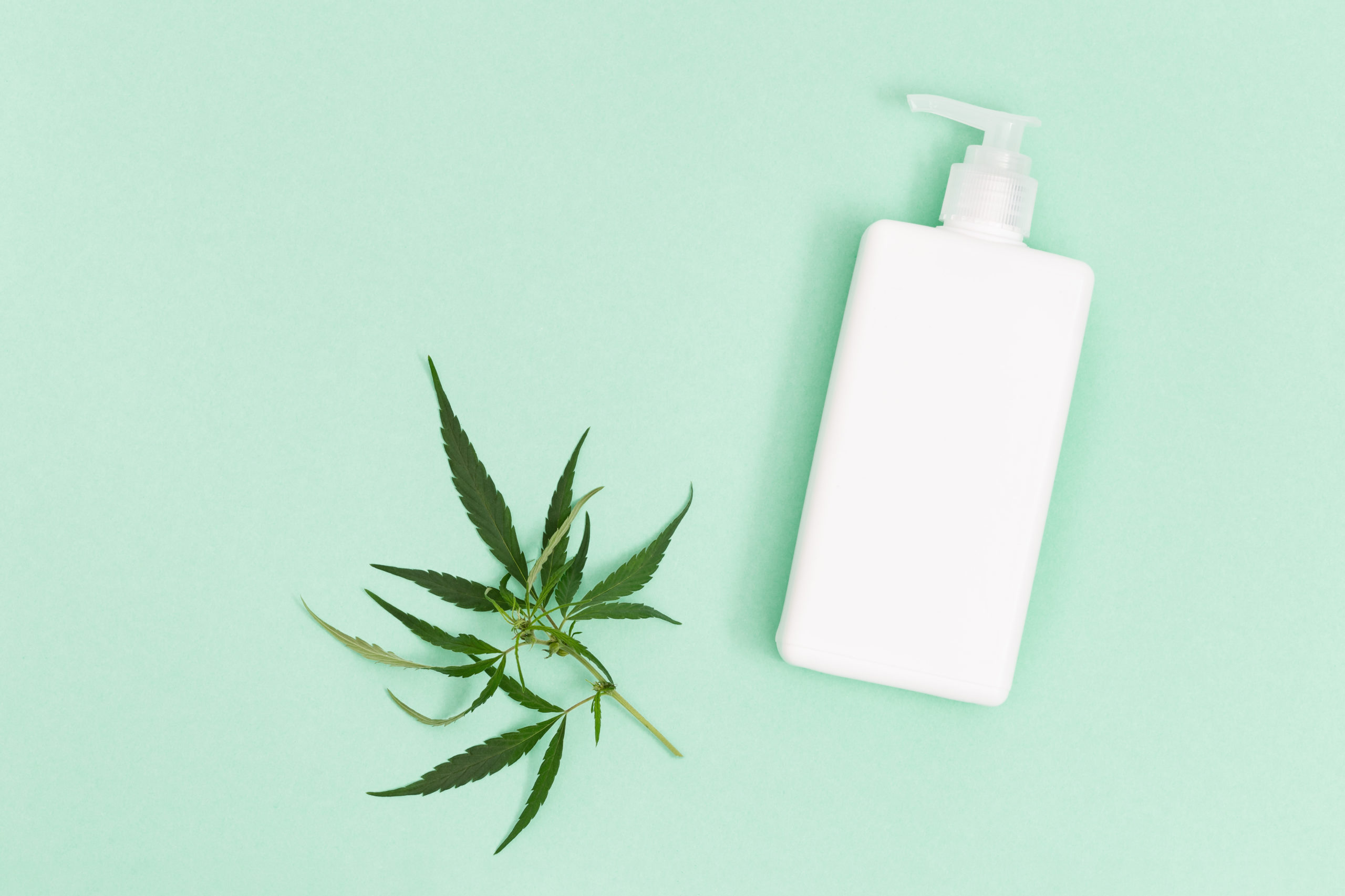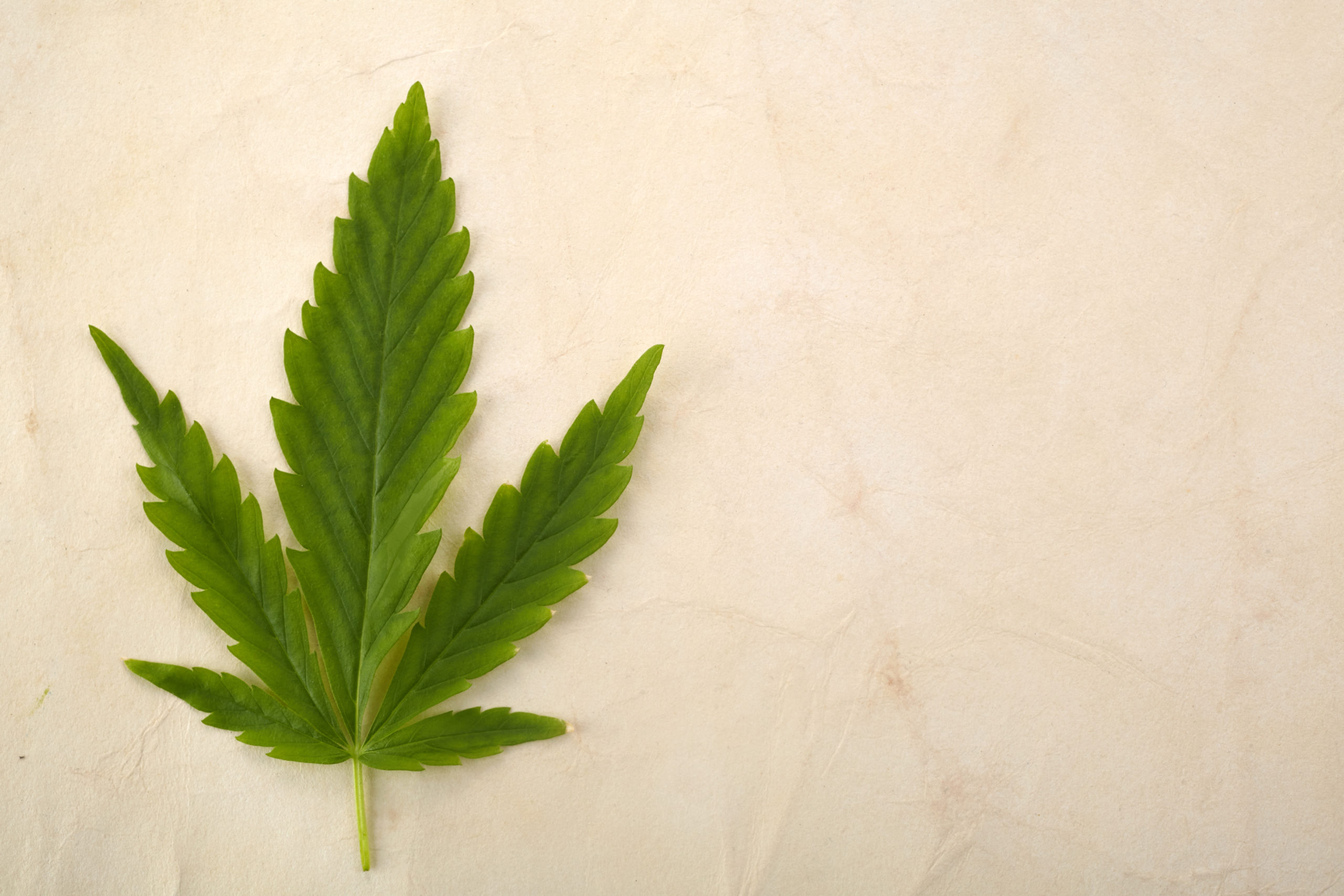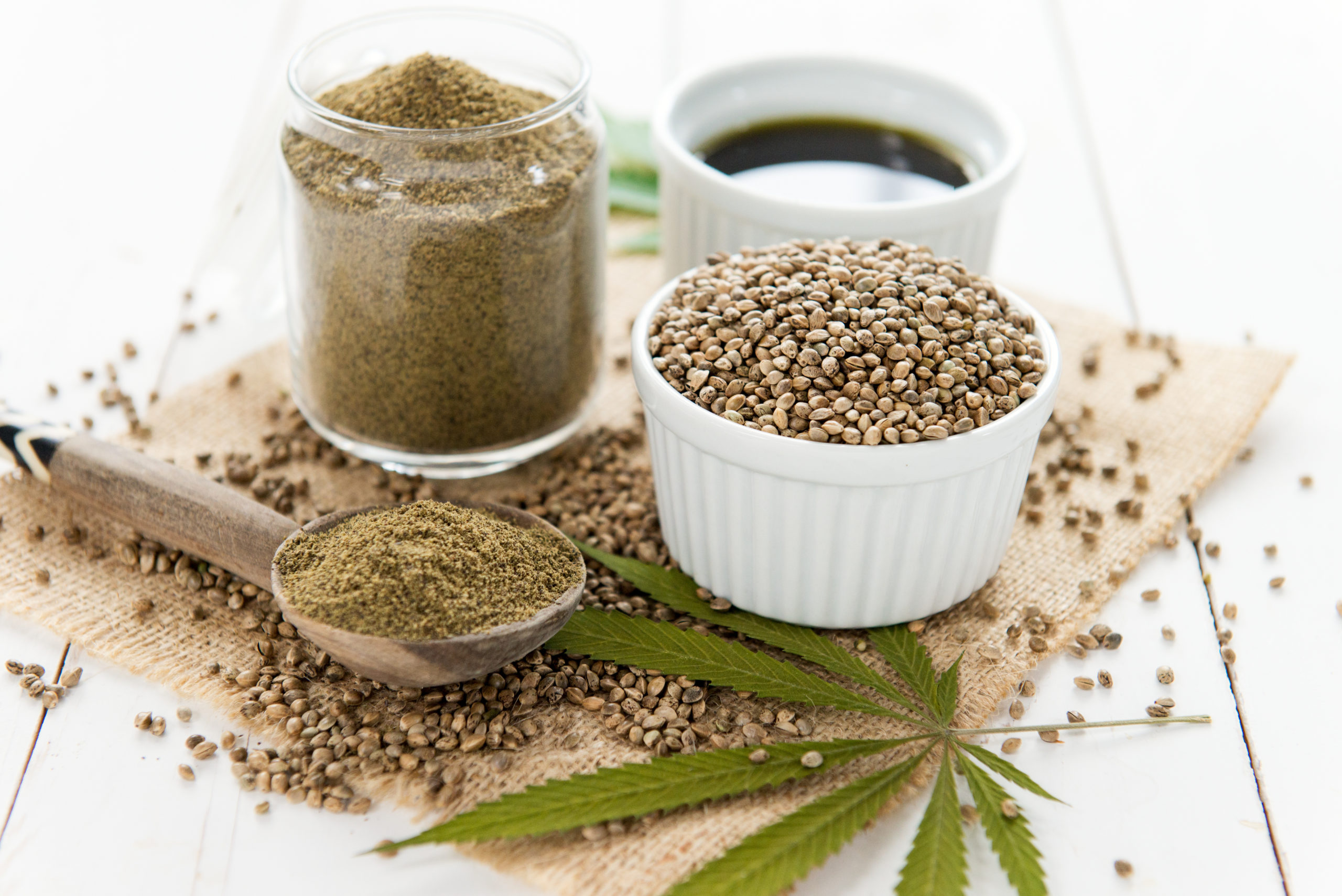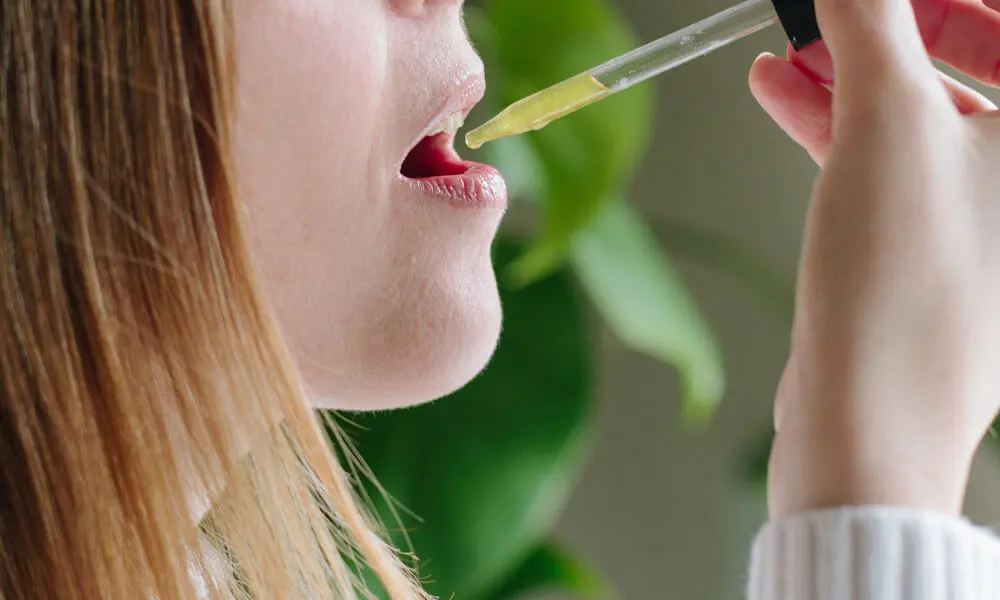-
- Market Research
- |
- CBD Near Me
- |
- Giveaways
- |
- Newsletter
- |
- Contact
- |
- Advertise
- |
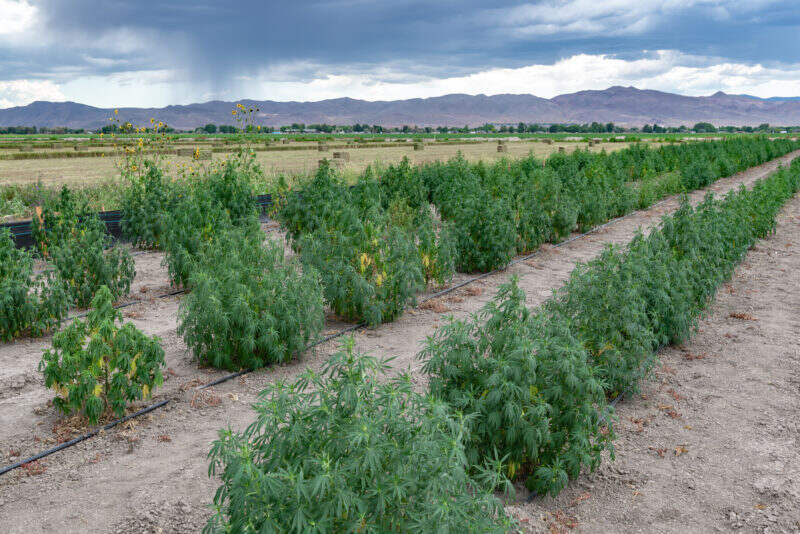
By now, you’ve undoubtedly heard of CBD oil. Maybe you’re even taking it yourself.
But are you aware of how CBD oil is actually made? Things can get complicated fast, with terms like supercritical CO2 extraction and winterization getting thrown around.
Here’s some good news: learning more about how CBD oil is produced doesn’t have to be complicated.
We’ll be taking a chronological look at every step of the production process, from seed to shelf.
Step 1: Seed Selection
Good plants begin with good seed, and hemp is no exception.
What constitutes a good hemp seed, you might ask?
A few things, namely its physical development and the genetics it contains. Premium hemp seeds are fully mature; they tend to have a dark brown color and a tough outer shell.
Good hemp seeds also need to be fully “stable,” a term that refers to the stability and predictability of their genetic expression. If hemp seeds carry too much of the genes that eventually lead to THC production, that’s not good.
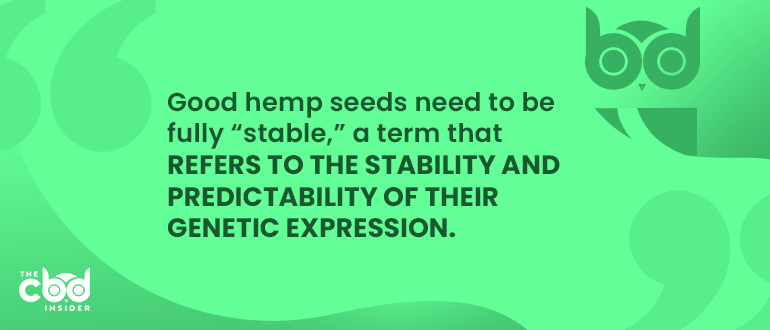
Step 2: Planting
While this one is also simple, even this step takes intentionality.
Hemp seedlings exposed to too much stress—whether cold weather, dry conditions, or low light—might be more likely to develop into male plants and end up producing less CBD than their female counterparts.
This is anecdotally true, at least. Many hemp farmers take their seedlings seriously enough that they begin planting indoors, in a controlled environment, before moving their plants outside.
In an ideal world, farmers should also test their soil before putting any plants in the ground. Hemp is an accumulator plant that can bind to soil toxins, so it’s best to avoid this possibility.
For more info on how hemp can and should be tested, just click here.
Step 3: Cultivation
Hemp is easy to grow, but hard to grow well.
To develop maximum CBD content, a hemp plant needs plenty of nitrogen, and trace nutrients don’t hurt either. Hemp may also benefit from more amino acid intake than its higher THC counterparts.
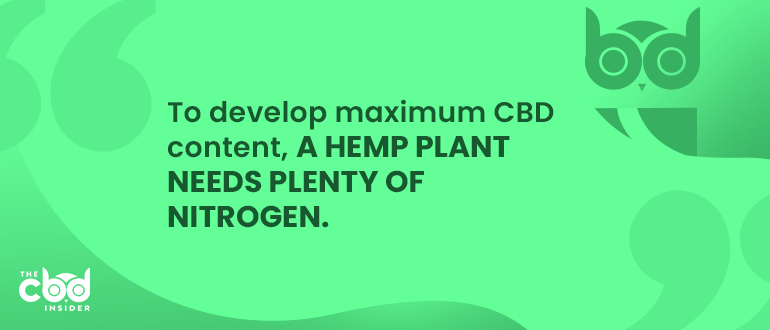
Another important part of cultivation: trimming and pruning plants.
While large-scale hemp farmers don’t usually do this, pruning one’s hemp plants is a good idea. Correct pruning techniques can lead to better bud development, stronger stalks, and healthier plants in general.
Step 4: Harvesting
Now comes the fun part: when hemp plants are fully mature, it’s time for harvest.
Since hemp is a sunlight-dependent photoperiod plant (meaning its flowering cycles are synced with sunlight cycles), harvest almost always occurs in the fall time.
Some farmers prefer to harvest in waves, trimming off a plant’s top colas (a cluster of buds) and most developed flowers first while saving smaller “buds” for later. This approach may allow for a slightly bigger overall yield, but it’s also more time-consuming.
Hemp is subject to different levels of trimming, depending on what it’s going to be used for. Some hemp flower isn’t really trimmed at all after being taken off its stems. Hemp that’s sold as pre-packaged hemp flower, however, is sometimes closely trimmed. In both scenarios, trimming off fibrous fan leaves, brown leaves, etc. is vitally important.
Step 5: Extraction
Most hemp these days is grown with CBD oil in mind, which means extraction is up next. Extraction is a process where hemp’s cannabinoid content is removed from its biomass.
And it’s actually a little more complicated than that because the nature of the solvents used in extraction means other fat-soluble ingredients get extracted, too.
Premium hemp extracts manage to harness CBD, other cannabinoids, terpenes, flavones, and more. If a molecule is fat-soluble, a proper extraction can probably “capture” it.
How does extraction work?
First, hemp is placed into a closed-loop machine where pressure and temperature can be controlled. A chemical solvent is then placed into the machine where it can interact with the hemp flower. This interaction is where the magic happens: a chemical reaction occurs, and a CBD-rich solution is formed. This solution is usually called an extract.
And while many solvents possess the ability to extract cannabinoids, some are better than others.
Take butane, for example. It’s a solvent that was often used in cannabis’ more underground days. Butane is extremely efficient but also extremely difficult to fully “purge” out of any extract. Not to mention, it’s incredibly flammable.
Thankfully, extractors have better options today.
CO2 is the solvent of choice for most extractors. It’s safe, easy to use, and easy to fully remove from a finished hemp extract. CO2’s one downside is that it doesn’t “capture” terpenes evenly; it may pull one terpene into the solution while leaving another terpene in hemp’s biomass.
A final viable solvent is ethanol. At first glance, ethanol seems to present the best of both worlds; it’s both safe and effective. But it’s harder to scale up to high-volume extractions with ethanol than it is with CO2, so CO2 remains more popular for now.
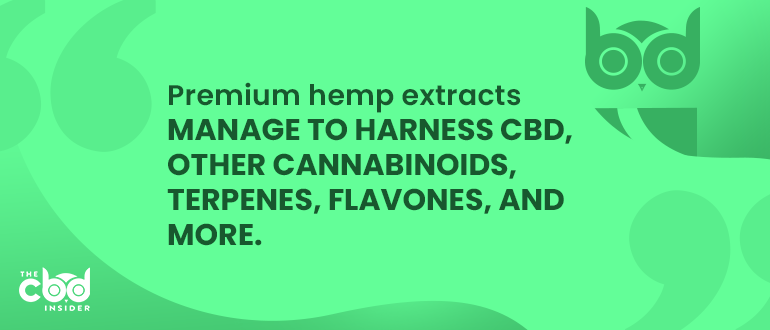
Step 6: Filtration
Once you’ve got a CBD-rich extract, it’s time to purify it.
Some manufacturers filter their “crude” (i.e., unfiltered) extracts more than others, and more filtration isn’t always a good thing. Filtration tends to be done with the customer experience in mind; its effects on an extract’s taste and smell are more cosmetic than anything else.
One especially popular type of filtration is called winterization. It involves freezing hemp extracts so that their wax content separates, then filtering this plant-based wax out.
Other products go through further purification and are fractionally distilled to remove their THC content.
Step 7: Testing
That which isn’t measured can’t be improved, right? This seems to be the case for hemp; testing at this stage is of vital importance to know how much dilution an extract needs.
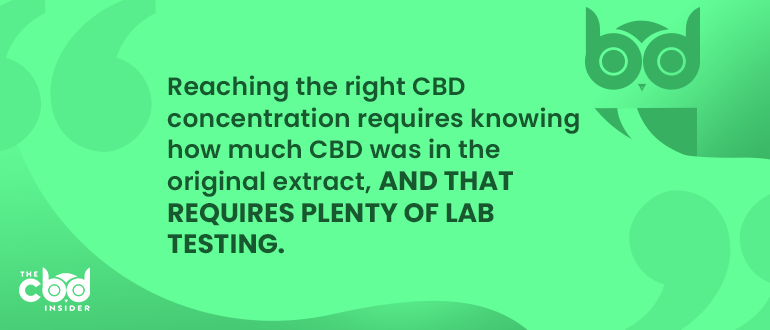
Most hemp extract exits the extraction and filtration process as a dense, sludgy substance that contains about 70 percent CBD. Next, the extract needs to be diluted into its final-form of CBD oil, which usually comes in at 1-3 percent CBD. Reaching the right CBD concentration requires knowing exactly how much CBD was in the original extract. And that requires plenty of lab testing.
Retail-ready hemp products also can’t contain over 0.3% THC; however, concentrated extracts can—and do. Getting an extract’s THC concentration back down is yet another reason why correctly diluting products is essential.
Lab tests should be geared towards quality control, too. Hemp extracts must be tested for mold, mycotoxins, pesticides, and more.
Step 8: Product Formulation
The dilution we mentioned above is the most critical part of product formulation. After a product’s cannabinoid content is quantified, it’s the very next step.
Most CBD oils are formulated with what’s called a carrier oil, often coconut oil or MCT oil, that gets the CBD concentration just right. More novel CBD products can contain other ingredients, like added terpenes or essential oils. Some companies theorize that these additives amplify hemp’s existing entourage effect.
Another twist: some CBD oils contain more than one extract. Some products may contain added CBG, CBN, or CBC-rich extracts, though this type of blend is still rare enough to be on the fringe of mainstream awareness. Usually, CBN-heavy blends are marketed as sleep products.
There’s one more important step within the process that is product formulation, and it involves converting CBDa into CBD through something called decarboxylation. Though some types of extractions involve enough heat to do this automatically, most do not, which means that “decarbing” is its own separate process.
How is decarboxylation done?
Simple: by applying 250-300 degrees Fahrenheit of heat to a CBD-rich extract for between 30 minutes and an hour. Technically, this is where the CBD molecule first begins to show up. Anything before this point was CBDa, CBD’s raw, less bioavailable form.
Once an extract has been decarbed, diluted, and properly formulated, it’s good to go—the metamorphosis to CBD oil is complete.
Only one more round of testing is next.
Step 9: More Testing
Finalized CBD oils are tested one more time, preferably just before being bottled and sold.
If all the mathematical magic was done right, then the oil will have gone down from 70 percent CBD to one or two percent CBD. Tests can also be done for trace cannabinoids, terpenes, flavones, and more.
In general, the more testing done, the better.
Just as with extraction techniques, however, some testing labs are better than others.
Labs with new equipment and truly 3rd-party funding are best. As a safeguard against conflicted interests, look for a CBD oil tested by ISO-certified labs. A company’s transparency with its lab tests says a lot about the quality of their products.
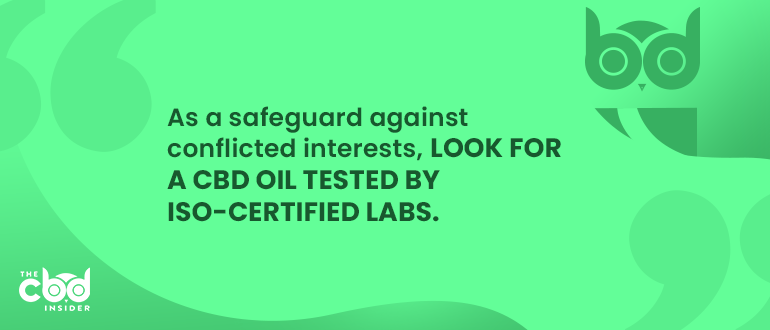
Step 10: Sale
At this point, our hypothetical bottle of CBD oil has gone from seed to soil to solution to sale. Now it’s time to spread the good news.
This is where CBD advocates, health enthusiasts, and curious first-time customers come in. Though traditional marketing isn’t always permitted, CBD oil tends to work so well that its benefits spread through good-old-fashioned word-of-mouth just fine.

